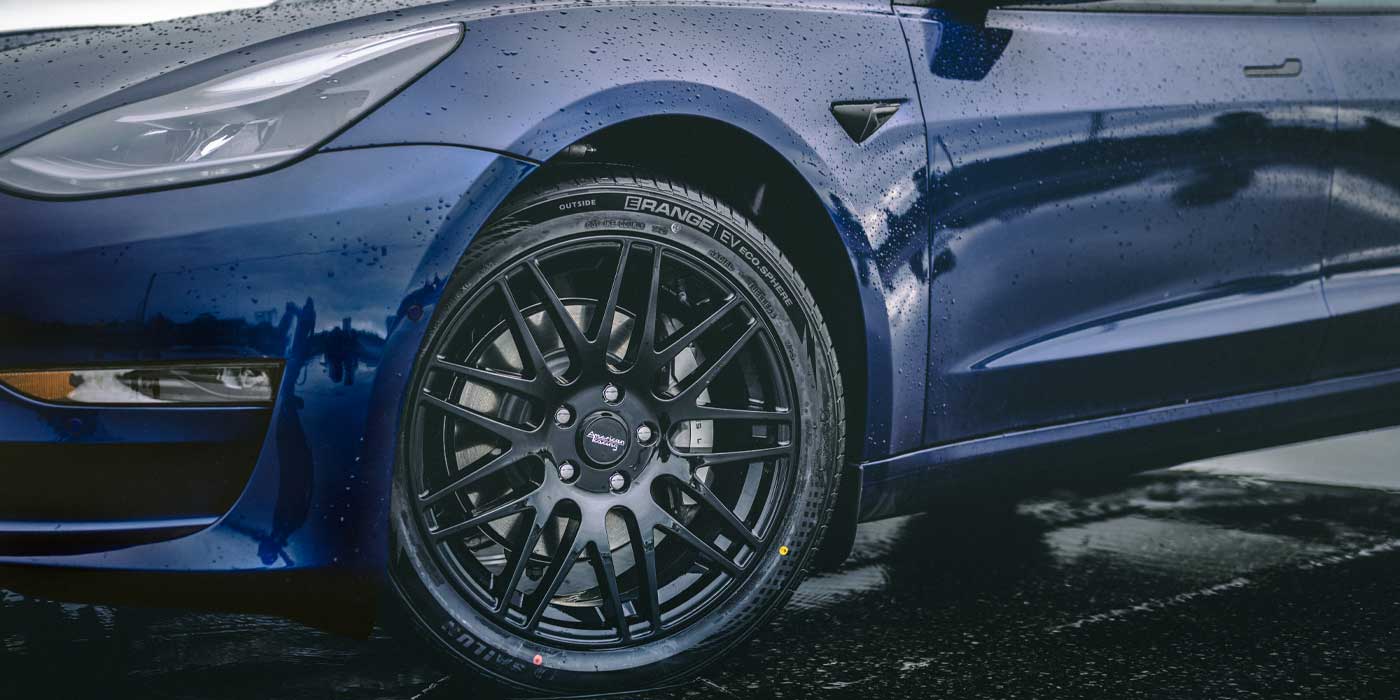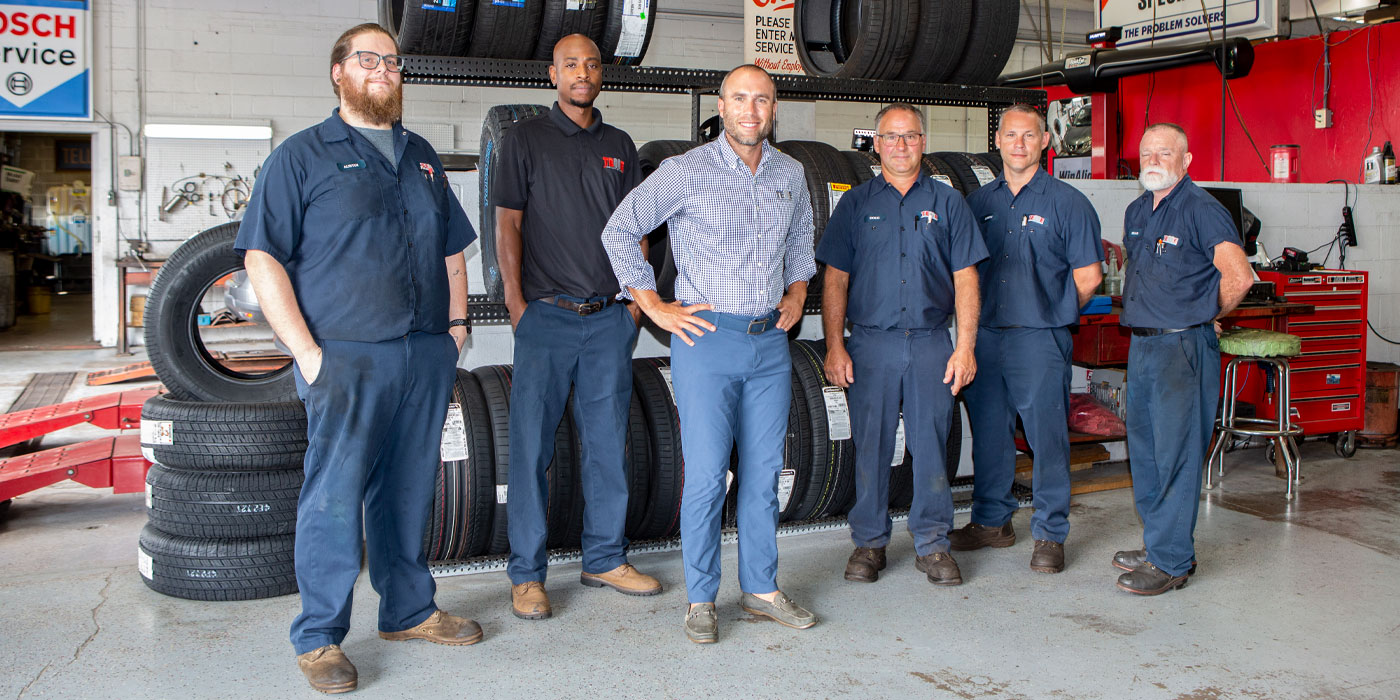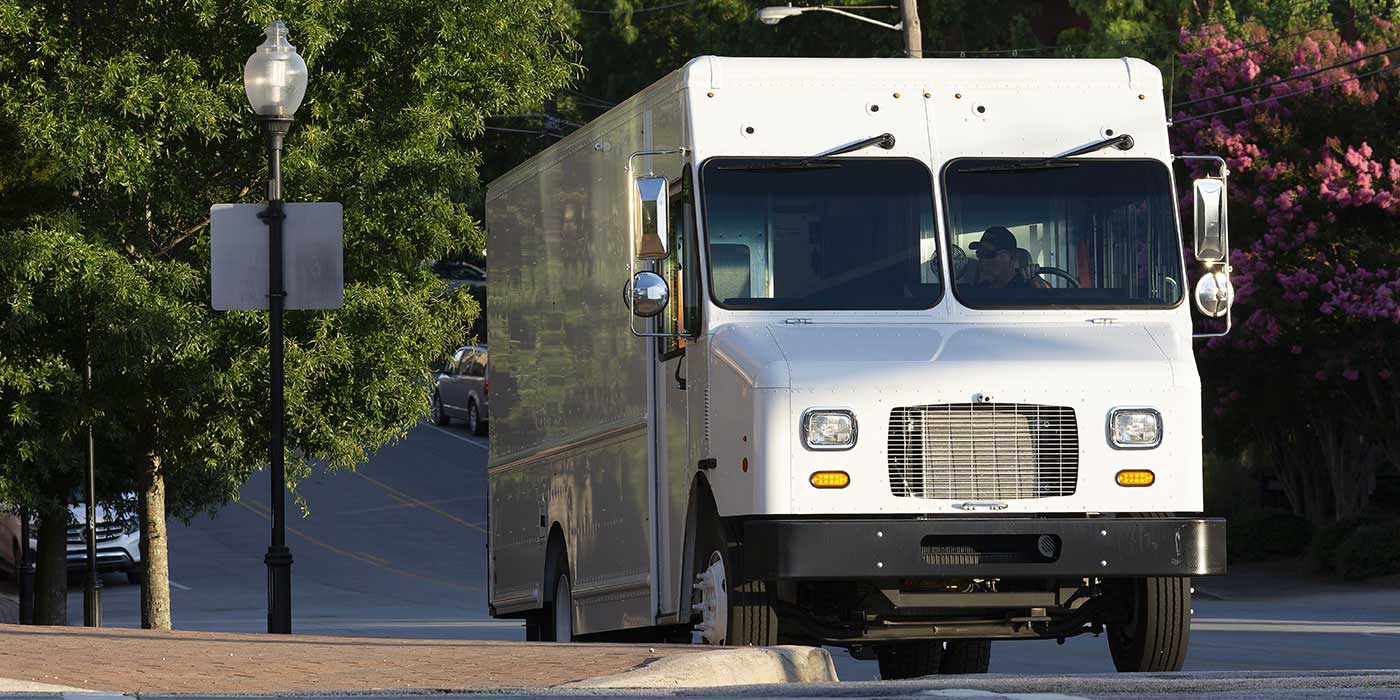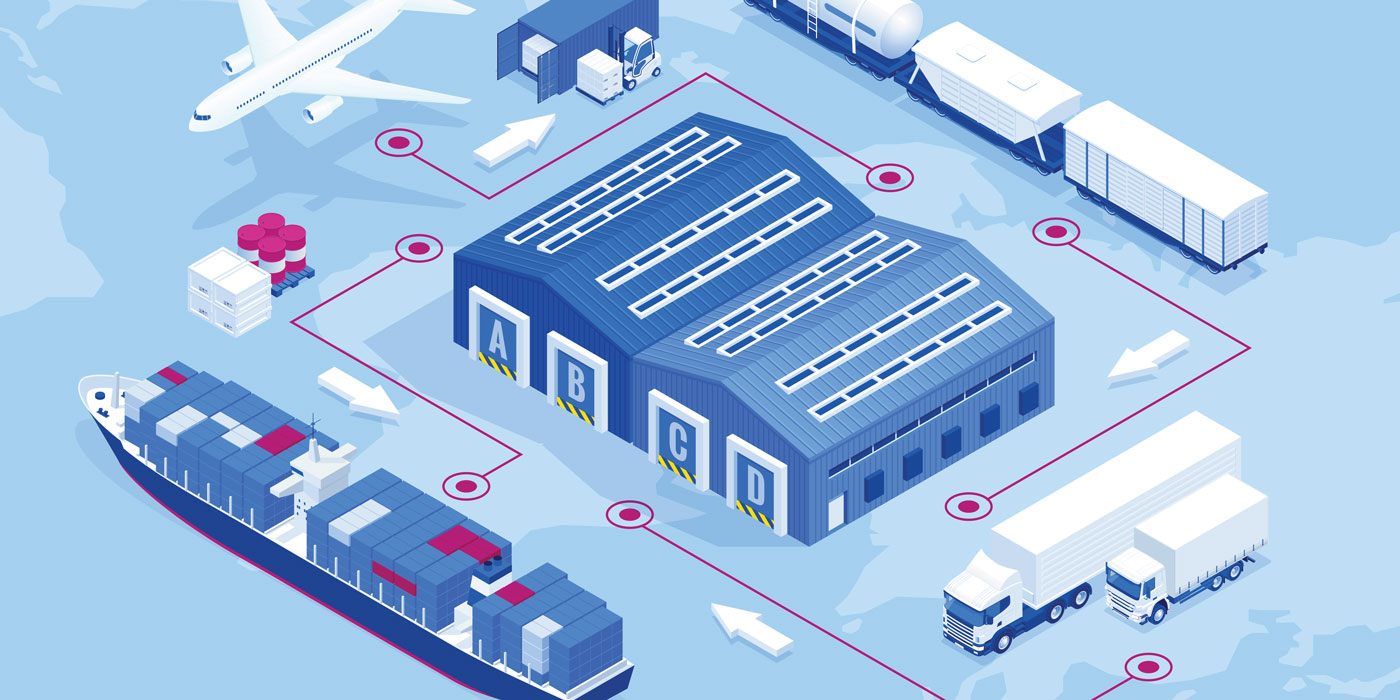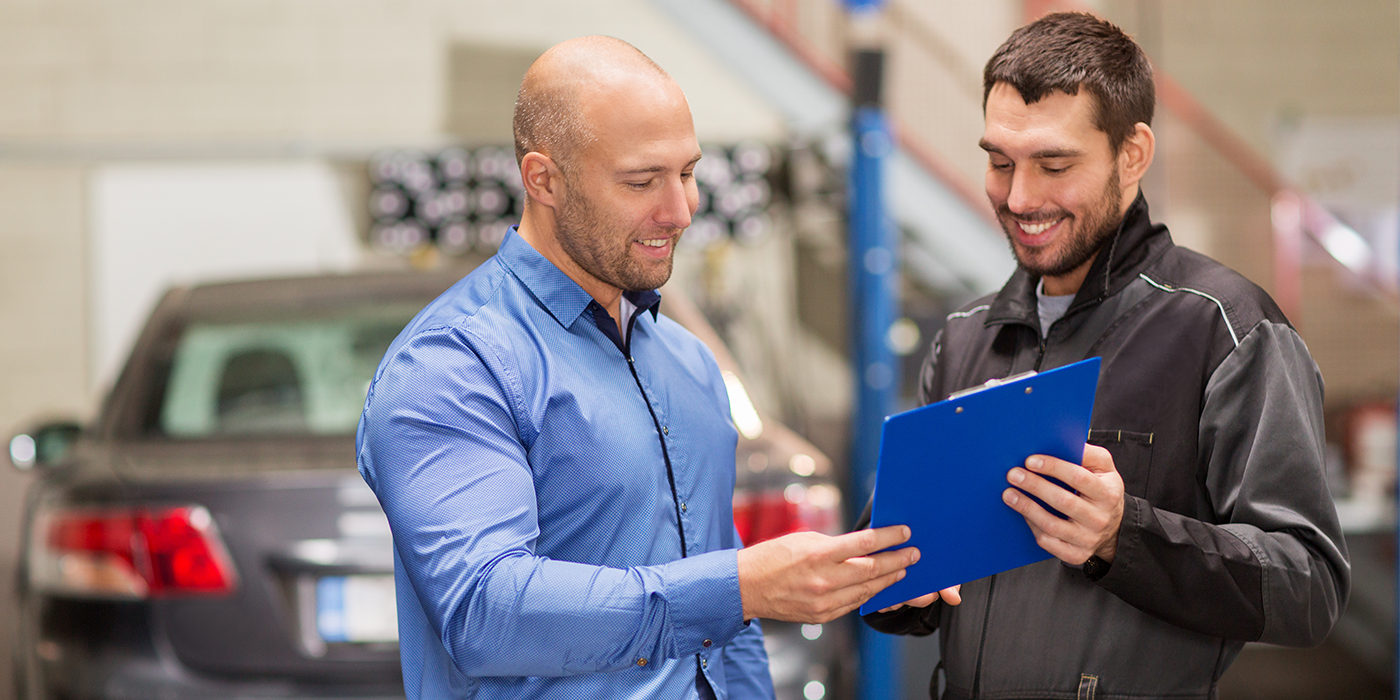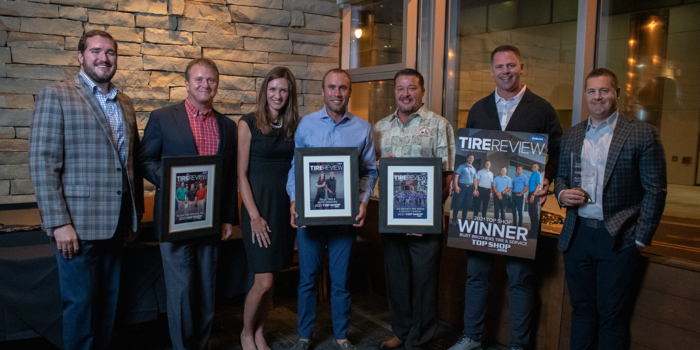Government reports always crack me up. Eating too much of something is bad. Talking on your cell phone while driving is bad. Wearing a seat belt is good.
For the countless billions spent, these “discoveries” should elicit at least a “Huh, that’s interesting!” before we scarf down another Big Mac while driving without seat belts and carrying on a phone conversation. Usually, though, they are perfect fodder for “The Mr. Obvious Show.”
Recently, the National Academy of Sciences reported that, given all factors, it is “technically and economically feasible” to improve repalcement tire fuel efficiency by as much as 10% on average and that NHTSA should be given the dollars to create a rolling resistance test system and an easy-to-grasp grading system so consumers could make “informed tire-buying decisions.”
Surely, such information would be a wonderful selling point for any brand – provided, of course, the government could actually figure out a realistic way to measure real-world rolling resistance and deliver something consumers could really use.
Otherwise, such a system would be “UTQG Part Deux: More Crapola to Make the Government Appear Responsive.” This being an election year, and gas costs making Americans angry, your representatives will be chucking enough of those chips, if you know what I mean.
In fairness, the committee did just what Congress asked it to: sort out the feasibility of Mr. and Mrs. John Doe saving some dough with their donuts. That 10% cut in rolling resistance (averaged like vehicle CAFÉ standards) would save the typical driver some six to 12 gallons of fuel annually. Based on the $2.85 per gallon I just poured into my ride, that’s $17.10 to $34.20 per year – enough to make a slight scratch on my $250 January heating bill!
The absurdity of the 134-page report (I mean, besides the fact that it was 134 pages long) was not the painfully obvious and seemingly pre-determined conclusion but the non-tire factors that were glossed over and disregarded.
Two findings in particular, if acted on, could save considerably more fuel and cut pump costs for all drivers, not just those who think tires can rescue their wallets.
Considering a typical vehicle, the study said, tires account for just 4% of fuel consumption. More fuel is used by the engine (69%), braking (6%), driveline (6%), and idling (17%). So, your government just set fire to a pile of cash to point the finger at the least obvious part of the equation.
Better roadways – materials and conditions – would save 5% to 20% of fuel consumed, the report also concluded.
Yet there were no suggestions – or even hints – regarding improving those areas. It was all about the tires.
And in the face of its remarkable conclusion that we need UTFEG, here is what the committee admitted it did not know:
• If people would trade fuel efficiency for treadwear (and, perhaps, grip)
• If tiremakers would even offer lower rolling resistance with a little less tread life
• If folks would be willing to save money on tires and fuel by taking better care of their tires
• Or if consumers would spend more on tires that could save them an undetermined amount in fuel costs.
Without knowing the definitive answers to those questions, why would a roomful of rocket scientists conclude we need another grading system?
Oh, I forgot, the committee doesn’t even know what impact its UTQG-like rolling resistance grading scheme would have on the sale of more fuel-efficient tires. Still, they want to throw money at the problem – and with NHTSA, of all bureaucracies.
At a time of $3-per-gallon gasoline, Americans are “at least slightly more concerned” about fuel prices, says researcher Frost & Sullivan, and 33% are “a lot more concerned.” But most consumers would not willingly pay more for fuel-efficient tires, no matter what.
John Q. Public wants reliable tires that keep his family safe and deliver long, long, long life. He never wants a flat tire or sidewall bubbles or odd discoloration. He never wants to think about his tires – ever. And, he wants all of that at the same price grandpa paid.
While TIA and RMA continue their now three-year-long stare down over the idea of an industry check-off program – something that has a far better chance of creating intelligent tire consumers than anything the government could conjure – it again falls on you to teach drivers how a little air pressure could help keep oil company profits down and debunk often erroneous information the public has been fed on tire fuel efficiency.
A good place to start would be to read the report, available here.


